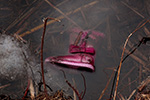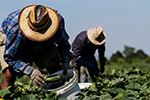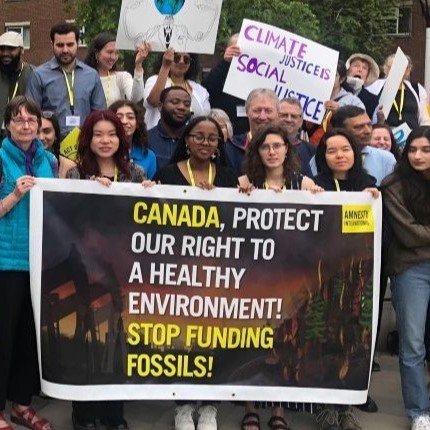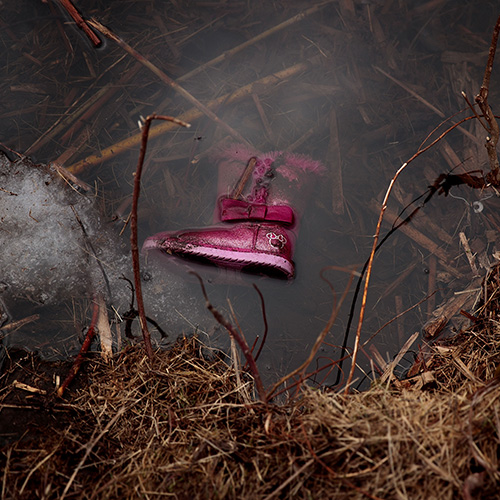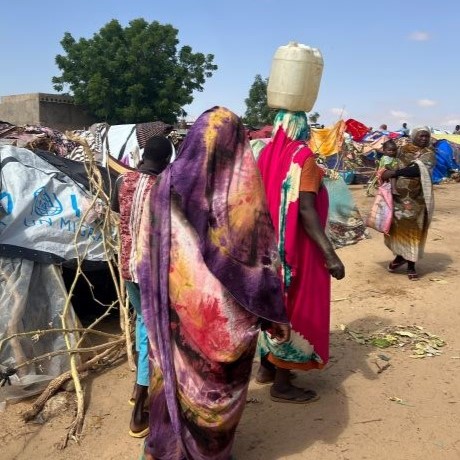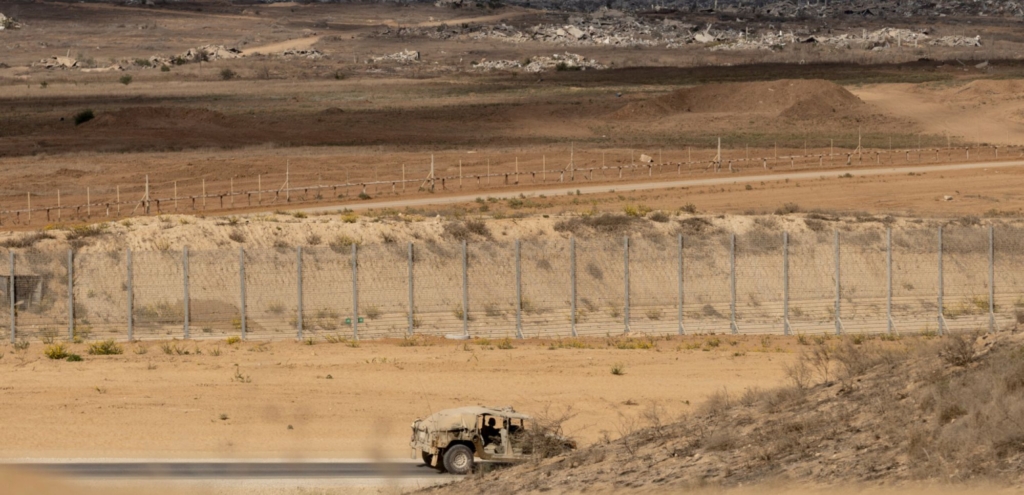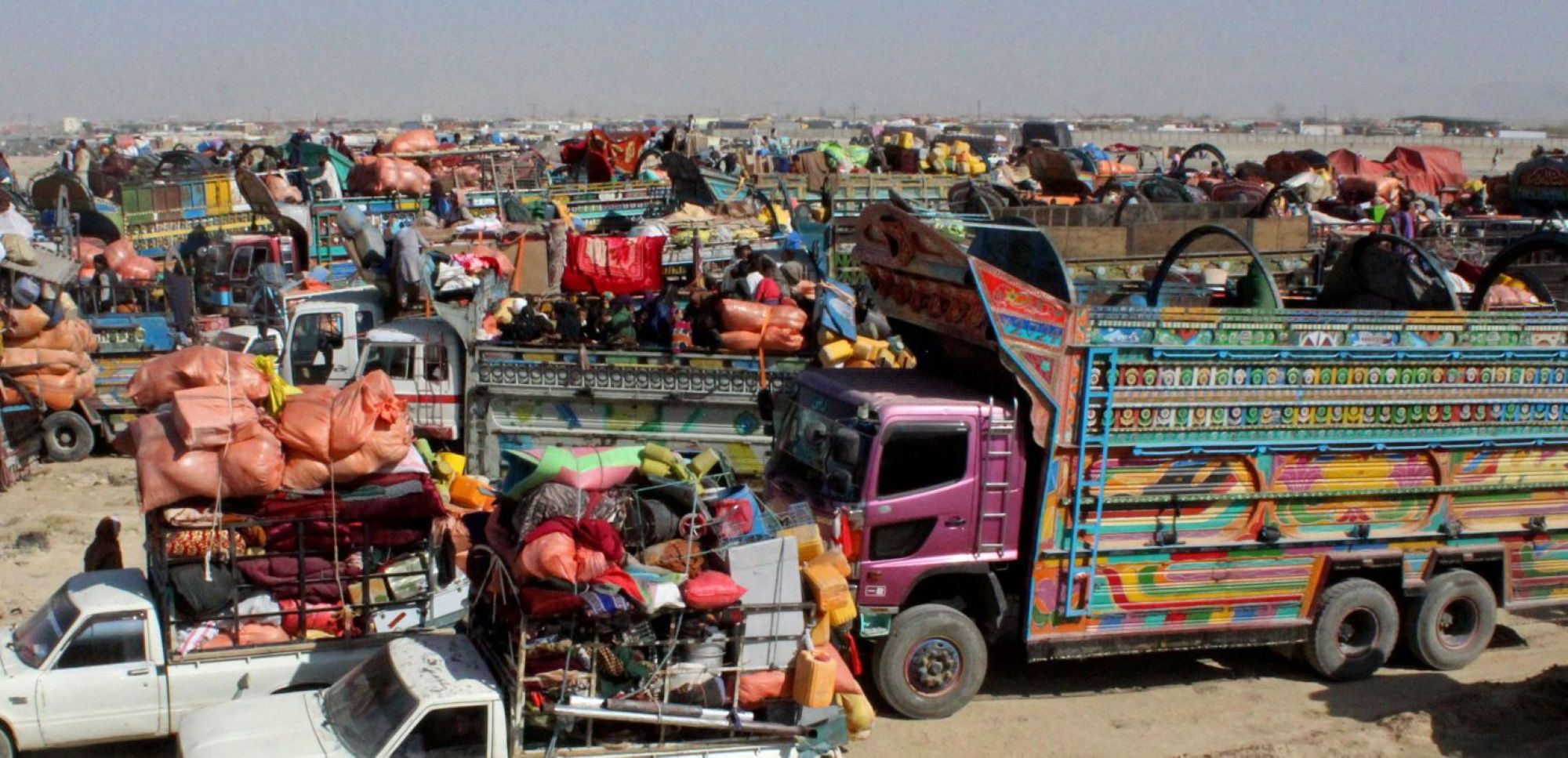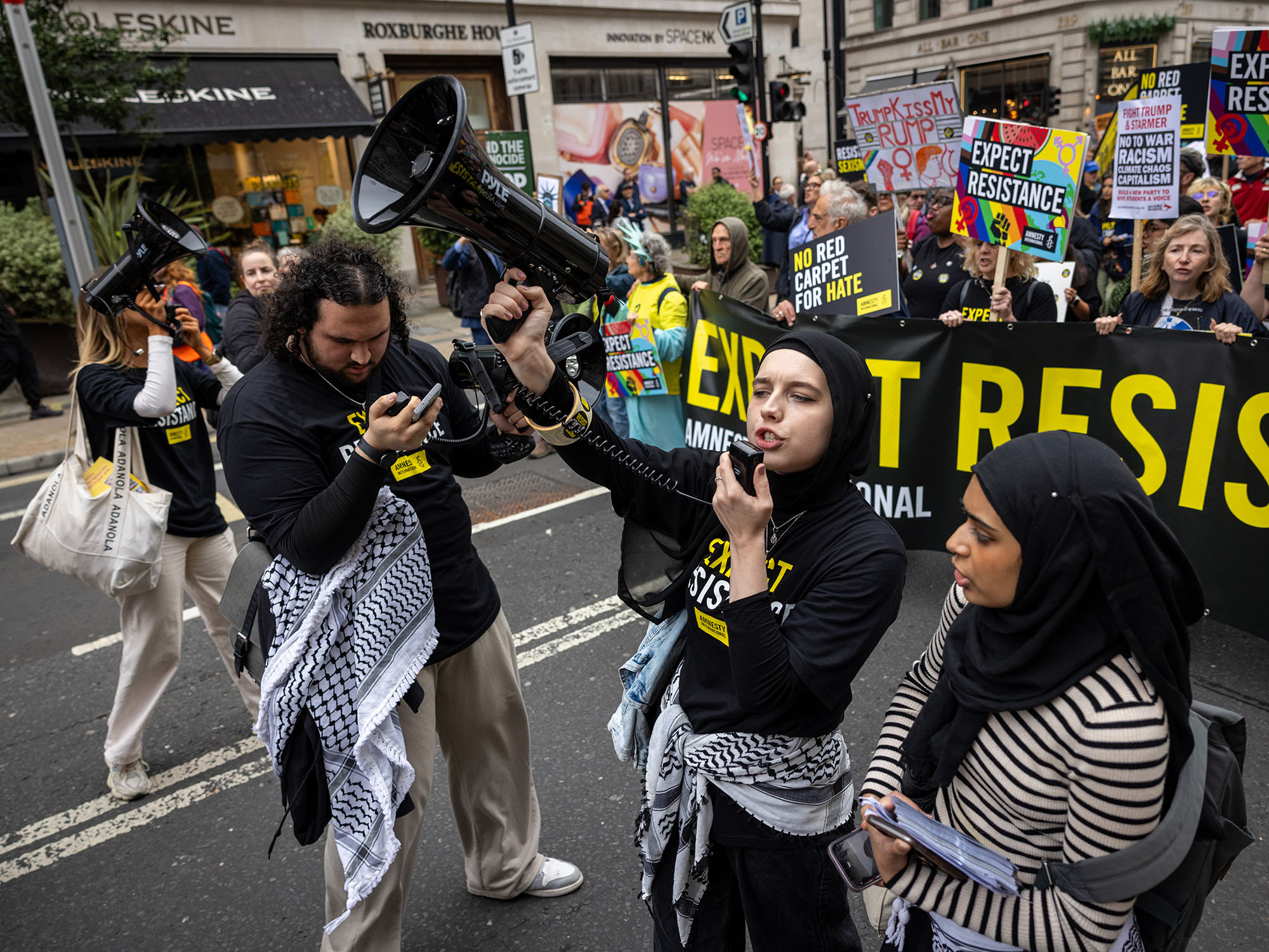A wave of brutal attacks in the Central African Republic, including the systematic rape and murder of civilians, highlights the urgent need for stronger UN action to protect civilians, Amnesty International said today.
On-the-ground research by the organization in August 2017 also uncovered a horrifying surge in torture, pillage, and forced displacement by a Seleka off-shoot, the Union for Peace in Central Africa (UPC).
“Communities living in Basse-Kotto have been left at the mercy of the UPC. Women have been raped, men murdered, villages destroyed, and the region’s UN peacekeeping force has proved ineffective in stemming these abuses,” said Joanne Mariner, Senior Crisis Response Adviser at Amnesty International.
“Civilians are not accidental victims in this conflict; they are direct targets. If the UN’s mandate in the Central African Republic is to mean anything, civilians must be better protected.”
In its two-week visit to the country, Amnesty International interviewed 30 people who had fled violent attacks on civilians in Basse-Kotto prefecture over the past several months, including a massacre in the town of Alindao on 8 May in which at least 130 people are believed to have been killed.
They gave the names and identifying information of 47 people killed by the UPC in these attacks. The exact number of people who have been killed is not known, but credible sources estimate that the number of victims has reached several hundred.
Sectarian attacks on civilians
As in late 2013 and early 2014, when hundreds of thousands of Muslims were violently expelled from the west of the country, the sectarian nature of the non-international armed conflict is increasingly evident.
The largely Muslim UPC has targeted Christian townspeople and villagers, perceived as supporting armed groups that oppose their rule, while the primarily Christian anti-balaka and armed “self-defence” groups have relentlessly targeted Muslim civilians.
A religious figure from Alindao, one of the worst-affected towns in the region, told Amnesty International: “The problem is now the Muslim population versus the Christian population …. We don’t want a religious conflict; we absolutely refuse it, but there’s very clearly an inter-communal conflict.”
The ongoing abuses are horrific. Annie, age 36, described how UPC fighters captured her and her husband in Alindao on 10 May. When her husband tried to run away, they shot him in the legs.
“‘We’re going to do something to you Christians that won’t be forgotten for many generations,’” she said the men told them, before one fighter raped her and another fighter raped her husband.
“After raping my husband, he shot him in the head,” Annie told Amnesty International. The rapes and the killing were carried out in front of her five children.
Twenty of the 25 women that Amnesty International interviewed from the region had been raped and nearly all had seen their adult male relatives killed.
One widow, age 28, sobbed as she described how she lost her husband, her father and her five-year-old son.
Her husband was killed in Alindao on 8 May, and the following day the rest of the family was caught by the UPC as they hid in a hut in the bush. She said the UPC fighters killed her father, gang-raped her and her 62-year-old mother, and bashed her son’s head against the floor of the hut, killing him.
“After three of them raped me I lost consciousness. When I came to, I was attached to a tree,” she told Amnesty International. “My mother untied me and we fled. I was hysterical.”
“The UPC’s use of rape as a weapon of war, and as a means of violently humiliating and degrading its victims, appears to be systematic,” said Balkissa Ide Siddo, Amnesty International’s Central Africa Researcher.
“However, it is the increasingly sectarian nature of these attacks that is perhaps the most worrying aspect of the current crisis.”
The Central African Human Rights Observatory (Observatoire Centrafricain des Droits de l’Homme, OCDH) has registered more than 100 victims of sexual violence who have fled the region for the capital Bangui in the last few months, a number that is no doubt a fraction of the total. Many, if not most, of the victims were gang-raped.
UN peacekeepers unable to protect civilians
The UN peacekeeping force, the Multidimensional Integrated Stabilization Mission in the Central African Republic (MINUSCA), has failed to prevent these abuses. Consisting of 12,870 uniformed personnel in the country, including 10,750 military personnel, the force is stretched thin in many areas.
Witnesses said that MINUSCA troops did not reach the town of Alindao until at least a day after the violence erupted, and even then, their numbers were insufficient to put a stop to the abuses. Rather than pro-actively carry out regular patrols, the troops focused on protecting the hospital and the displaced persons site run by the Catholic Church.
“We’re afraid that if there’s an attack [on a site for displaced people in Alindao] the MINUSCA will retreat into their base, and there will be a massacre,” said one local leader.
Amnesty International is calling for a review of MINUSCA’s capacity to carry out its mandate, covering factors such as training, equipment, coordination and the number of uniformed and civilian personnel.
“Although MINUSCA troops have saved many lives in the Central African Republic, their failures risk destroying public confidence in the peacekeeping mission and are putting thousands of people in danger,” said Joanne Mariner.
“Many Central Africans are now expressing increasing cynicism about MINUSCA’s willingness and ability to restore order, and about the mission’s capacity to conform to even a limited civilian protection mandate.”
Crimes under international law committed against civilians in the Central African Republic fall within the jurisdiction of the International Criminal Court (ICC), the recently established hybrid Special Criminal Court (SCC), and the national justice system. However, all three institutions have weaknesses.
The ICC’s ongoing investigation, which began in September 2014, will most likely only target only a handful of suspects. The SCC is not yet functioning, though it now has a prosecutor and some funding. Meanwhile, the already fragile national justice system has been weakened by the conflict and needs to be rebuilt almost entirely.
“There is little hope of ending the cycle of violence in the Central African Republic without an effective system of accountability to bring those responsible for these horrendous crimes to justice,” said Balkissa Ide Siddo.
“The Special Criminal Court must be funded so that it becomes operational as soon as possible.”
More than a million displaced by conflict
More than 100,000 people have been displaced by the conflict since April. At least 600,000 people are now displaced within the country and another 438,700 are refugees in neighbouring countries (primarily Cameroon, Chad and the Democratic Republic of Congo (DRC)).
Tens of thousands have fled the towns most affected by the fighting, including Alindao, Mingala, Nzangba, and Mobaye (at the border with DRC), as well as countless smaller villages in the region, heading for Bambari, Bangui, and DRC. Other displaced people are surviving in horrendous conditions in the bush, including on small islands in the Ubangi River, on the border of the DRC.
Some towns and villages in the Basse-Kotto region are said to be nearly empty, with what little is left of the civilian population taking refuge in church compounds that have become ad hoc displaced persons sites.
The OCDH reports that violence in the region is continuing, with the most recently documented clashes taking place in the town of Kongbo on 23 August, and that displaced people continue to flood into Bangui.
Basse-Kotto prefecture is one of several regions that exploded into conflict in 2017, as the country’s security situation worsened. At present, the country’s democratically elected government wields little or no power outside the capital, and much of the countryside is under the de facto control of a diverse array of armed groups.
Background to the conflict in Basse-Kotto
When Michel Djotodia stepped down as president of the Central African Republic in January 2014, armed fighters belonging to the Seleka coalition withdrew from the western third of the country, but consolidated their control over the country’s central and eastern regions. The coalition split into various factions, each asserting de facto authority over different parts of the country.
The UPC, led by Gen. Ali Darassa Mahamat, controlled the city of Bambari and a large portion of Ouaka prefecture for more than two years. Made up largely of ethnic Peulhs (Darassa is a Peulh), the UPC carried out a series of vicious attacks against civilians whom it believed supported the largely Christian anti-balaka fighters arrayed against it.
In February 2017, as part of an effort to demilitarize Bambari, MINUSCA convinced Darassa to leave the town. He moved his headquarters to Alindao, in Basse-Kotto, and immediately began cracking down on the civilian population.
The first changes that civilians perceived were an increase in coerced payments –for example, fees charged for crossing UPC checkpoints – and outright extortion. Relatively well-off local people, such as cattle owners, were particularly targeted.
Amnesty International interviewed a man from a small village near Nzangba who was held prisoner and tortured by the UPC in March, as a means to force him to hand over his herd. He told the organization that UPC fighters came to his house and demanded he hand over his 26 cattle and all his goods on the orders of Ali Darassa.
He was held for six days during which time he saw four of his fellow prisoners killed.
The human cost
The UPC carried out a string of violent attacks in May: in Alindao on 8 May, Nzangba on 17 May, and Mobaye on 25 May.
The bloodbath in Alindao was precipitated by an early morning attack by anti-balaka forces in a neighbourhood called Paris-Congo, in the town’s southeast. After routing the anti-balaka, the UPC unleashed its full force on the town’s Christian population.
Judith, 29, from the Paris-Congo neighbourhood, became separated from her husband when she fled with her children after shooting broke out near their home. After she ran into UPC fighters in the bush, the men in her group were shot and the women were raped.
“They told us to lie on the ground …. We were a group of women …. I didn’t lie down quickly so a fighter threw me on the ground and tore my underpants, to have sex with me in front of everyone … After the rape, he kicked me twice …. Other fighters were raping other women. My four children were there and they were crying.”
Marie, 33, was captured along with her husband in the fields outside Alindao on 10 May. She described how UPC fighters shot dead her husband for refusing to hand over his cattle, then gang-raped her in front of her children.
Florida, age 27, fled to the bush with her family on 8 May, but returned two weeks later because of the poor conditions in the bush. The night of the family’s return, UPC fighters came to their house and broke down the door.
“They tied [my husband] to a tree in front of the house. They put a black blindfold on me and undressed me …. They said that my husband would get to see how his wife would be treated. Two of them raped me in front of him. The children cried. After that, they shot my husband in the throat.”
Guilaine, 30, lived with her 60-year-old father and two children in the centre of Alindao. Three UPC fighters entered their neighbourhood and tied her father to a tree. When she began crying, upon seeing her father helpless, the fighters told her they would show her what they were capable of doing, and they cut her father’s throat.
“The three soldiers raped me in front of the children, then they hit me in the back with a rifle butt. I fled with my children, but I could hardly walk.”
It is not known precisely how many people were killed during the attack at Alindao, but the Central African Red Cross reported that it had picked up more than 130 bodies as of 14 May, after six days of violence. Besides killings and rapes, the UPC also carried out large-scale pillage of civilian homes.
Now Alindao is like a ghost town, its streets empty of life. While some Muslims remain in their homes, and run a small market, the Christian community has largely fled. Some 20,000 Christians have taken refuge at ad hoc displaced persons sites at the Catholic Church and other churches.
Therèse, 43, watched her husband and son being killed when the UPC attacked the town of Nzangba on 17 May.
“Three Seleka entered our compound … They were wearing military uniforms. They made gestures to tell my husband to lie on the ground. He refused. Immediately, a Peulh shot him. He fell. My eldest son then fell crying on my husband’s body. Another [fighter] shot him. He also died … The three of them (then) raped me … in front of my children.”
Princia, 20, who lived with her parents, fled for the bush when UPC fighters arrived, then returned home when the family believe the armed men had left.
“They came and broke down the door. They killed my father and raped my sisters and me. They tied us up with cords. I fainted during the rape. When they left, we fled into the bush.”
For more information, please call Jacob Kuehn, Media Relations 613-744-7667 ext 236 jkuehn@amnesty.ca










